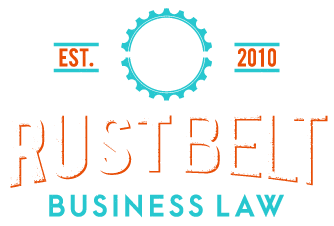Events over the past few years have drastically changed the way people work, with many organizations embracing hybrid work arrangements that offer employees the flexibility to work from home or in the office. While this model offers many benefits, such as improved work-life balance and increased productivity, it also presents unique challenges.
If you're considering a shift into a hybrid work model, read on.
Work can (and does) occur wherever people perform their best.
Ok, this one might be a bit obvious, but the beauty of hybrid work arrangements is that they allow employees to work from wherever they feel most productive. Some employees may prefer to work from the comfort of their own homes, while others may thrive in an office environment to minimize domestic distractions.
As an employer, it's crucial to recognize that everyone has different working preferences and needs. Encouraging employees to find their ideal work environment has been proven to increase productivity and job satisfaction.
Evaluate your current work-from-home methodology.
If your organization is considering a shift to a hybrid work model, it's important to evaluate your current work-from-home criteria. Do your employees have the necessary technology and resources to work effectively from home? Are they able to create, cultivate, and maintain a healthy work-life balance?
With that, it's essential to establish clear expectations around communication, availability, and deadlines to ensure that remote employees feel connected to the rest of the team. By evaluating and adjusting your current criteria, you can minimize setbacks and position your employees for success in a hybrid work environment.
Keep hybrid work schedules simple.
One of the many benefits of hybrid work arrangements is flexibility, but it's important to strike a balance between elasticity and structure. Too much flexibility can lead to confusion and disorganization, while too much structure can feel stifling.
It's important to establish clear guidelines around when employees are expected to be in the office and when they can work from home. This could include specific days of the week and core hours when everyone is expected to be available. By keeping hybrid work schedules simple and easy to follow, you can ensure that everyone is on the same page and working together effectively.
Celebrate success.
Transitioning to a hybrid work model can be a significant change for both employers and employees; celebrating successes along the way will have profound impacts in the long run. What, exactly, could that look like?
- Recognize individual accomplishments.
- Share kudos when team goals are hit and exceeded.
- Schedule staff outings to reward maximum effort.
Celebrating success not only boosts morale and motivation but also helps to create a positive work culture. By acknowledging and rewarding hard work and achievements, you can build a sense of community and foster a more supportive and trustworthy work environment.
Putting a bow on it.
In conclusion, hybrid work arrangements offer many benefits for both employers and employees, but they require careful consideration and planning. By keeping these four key points in mind, you can help ensure a smooth transition to a hybrid work model that fosters productivity, collaboration, and job satisfaction.
Do you have a hybrid work policy in your employee handbook? Have questions about establishing a new policy? Schedule a meeting with our professionals today!




